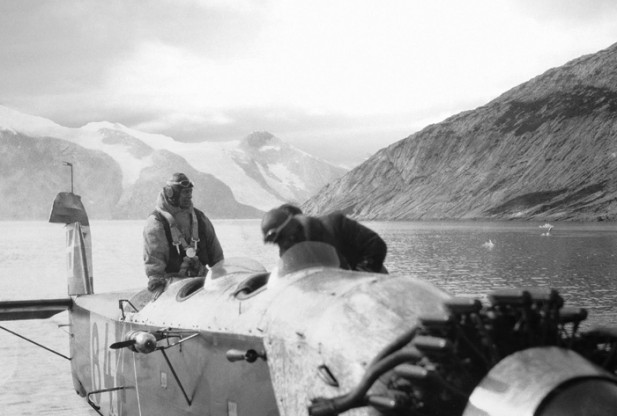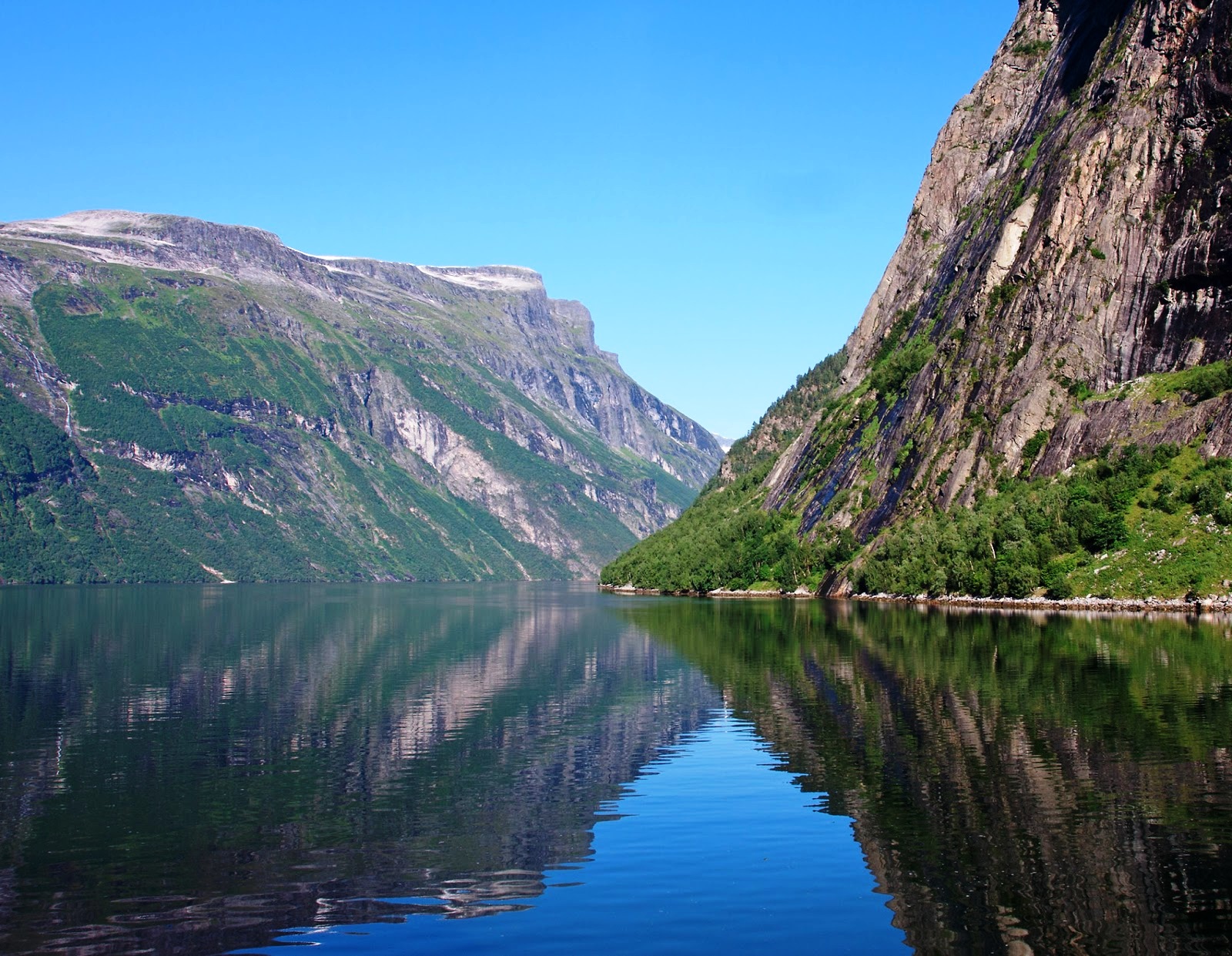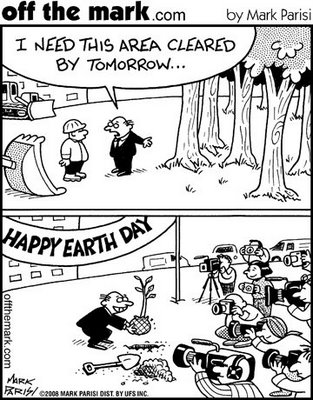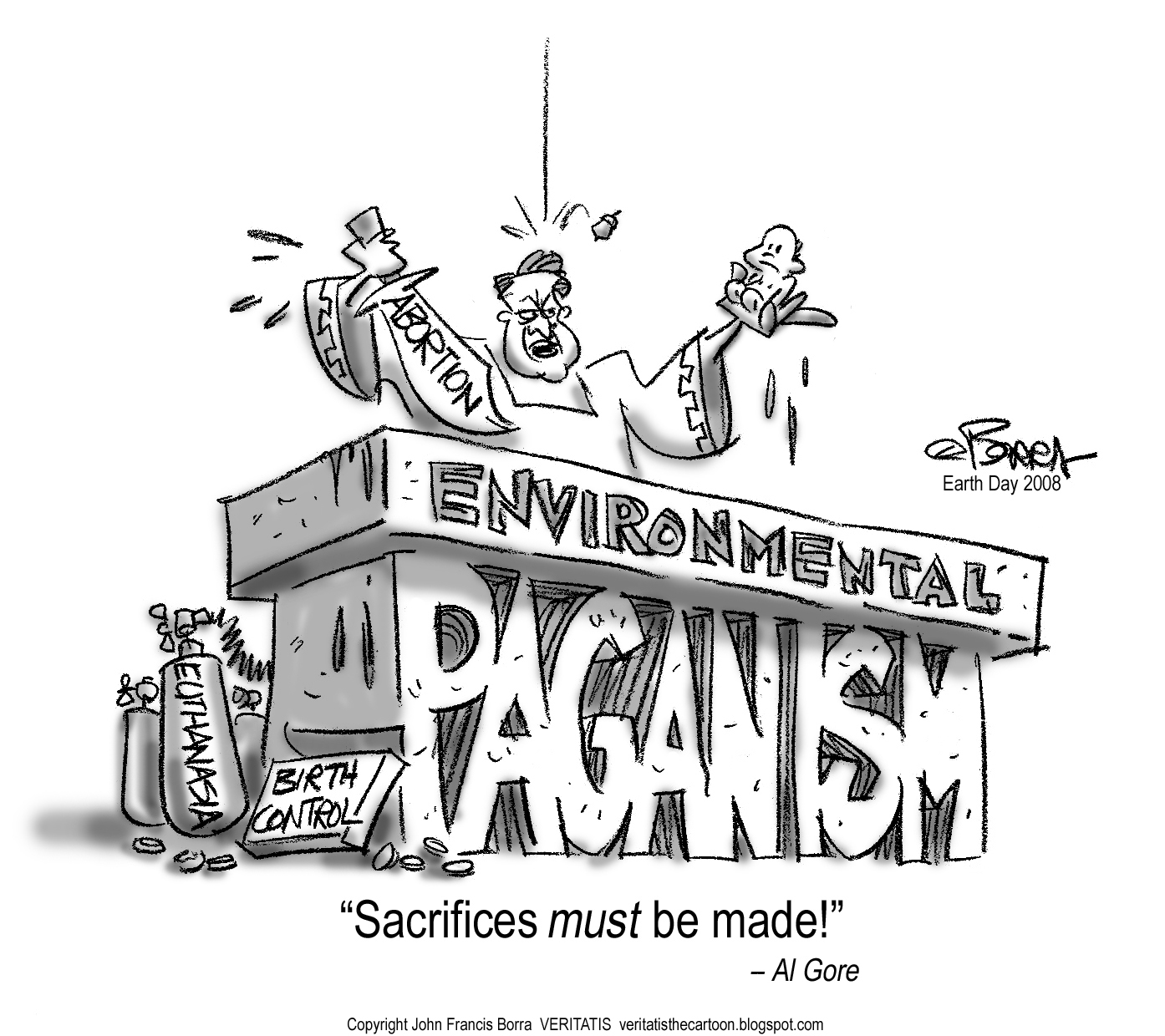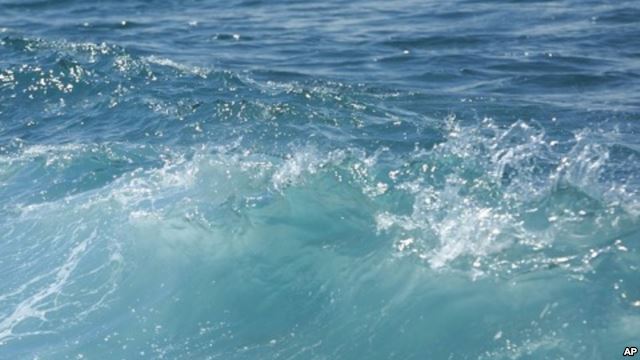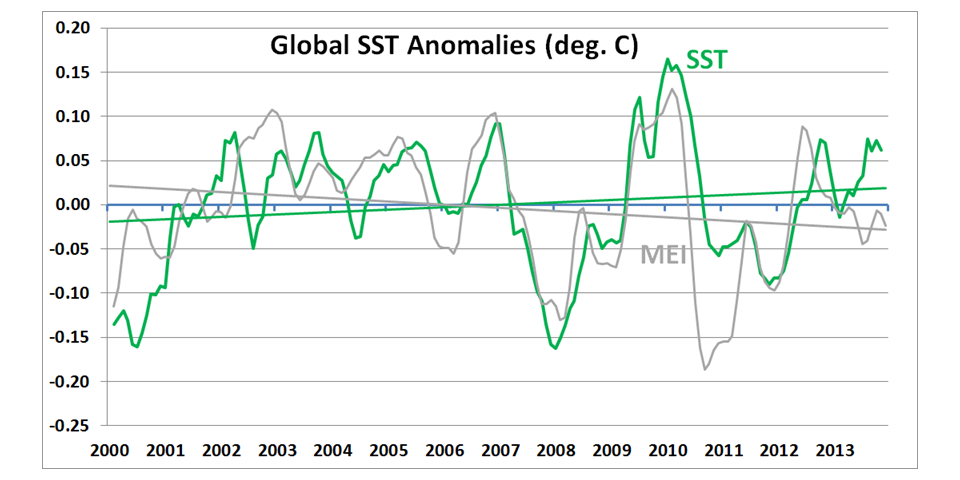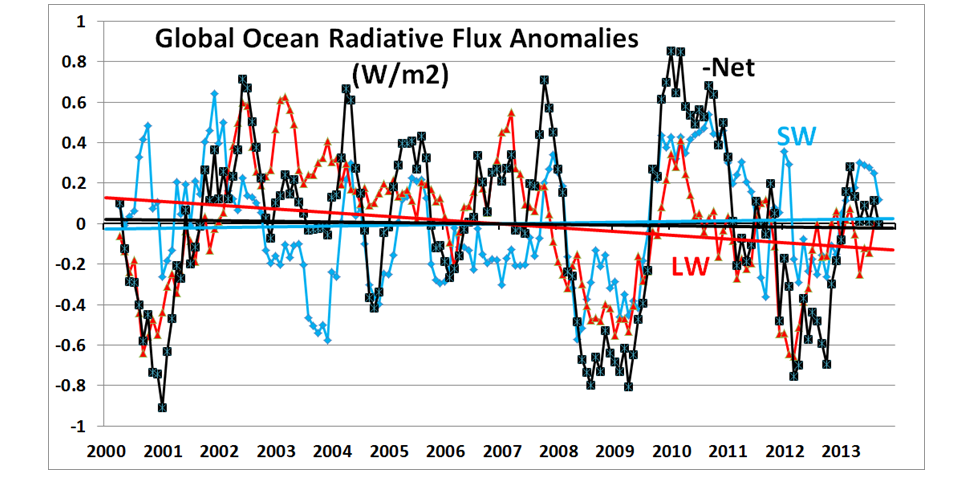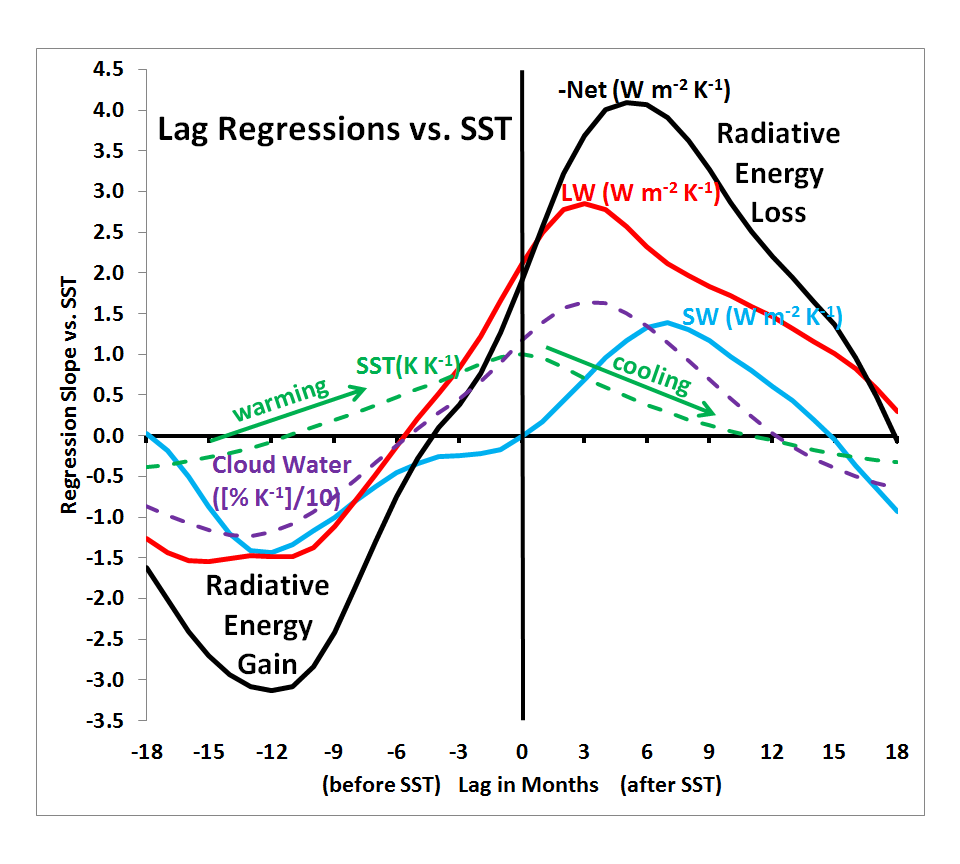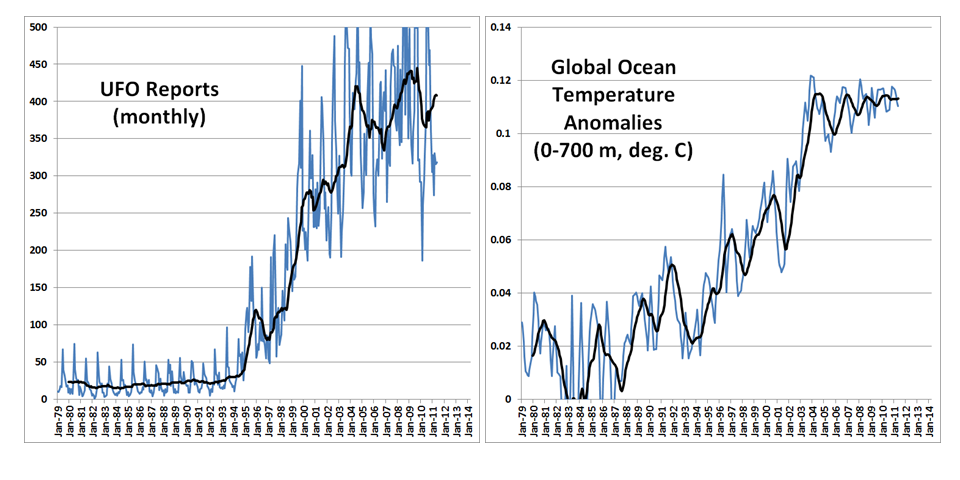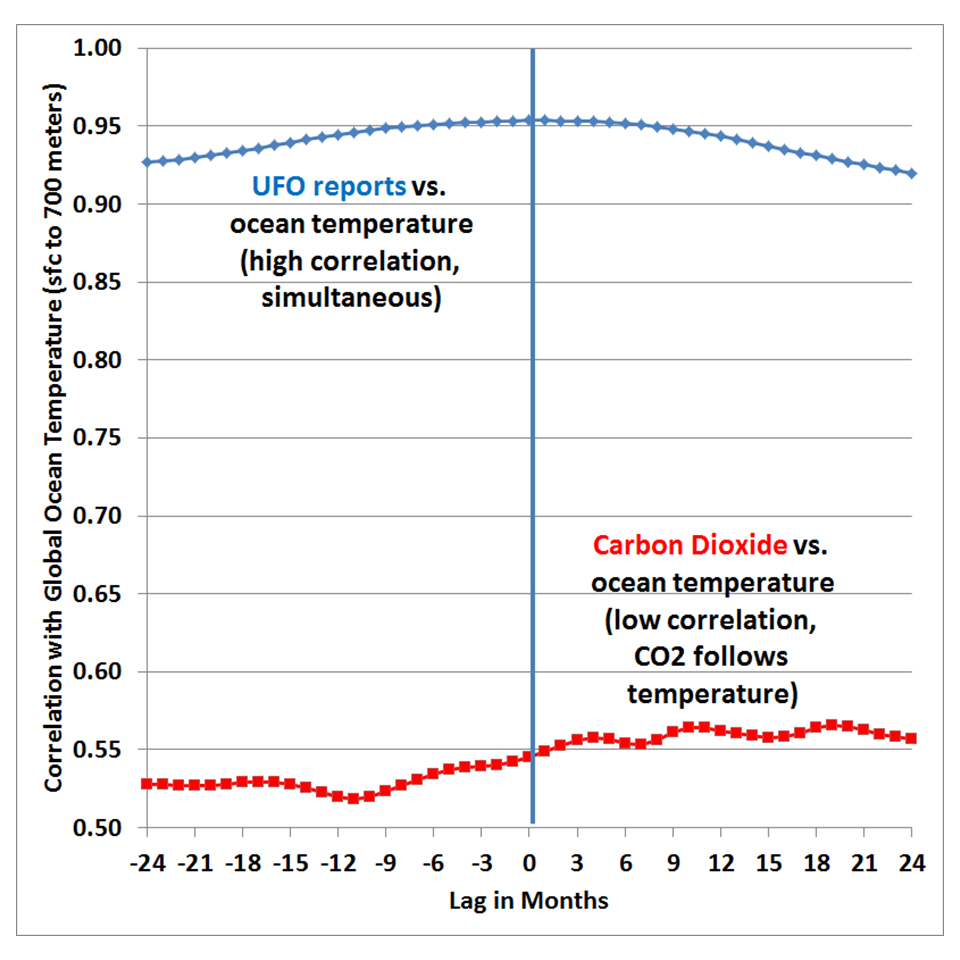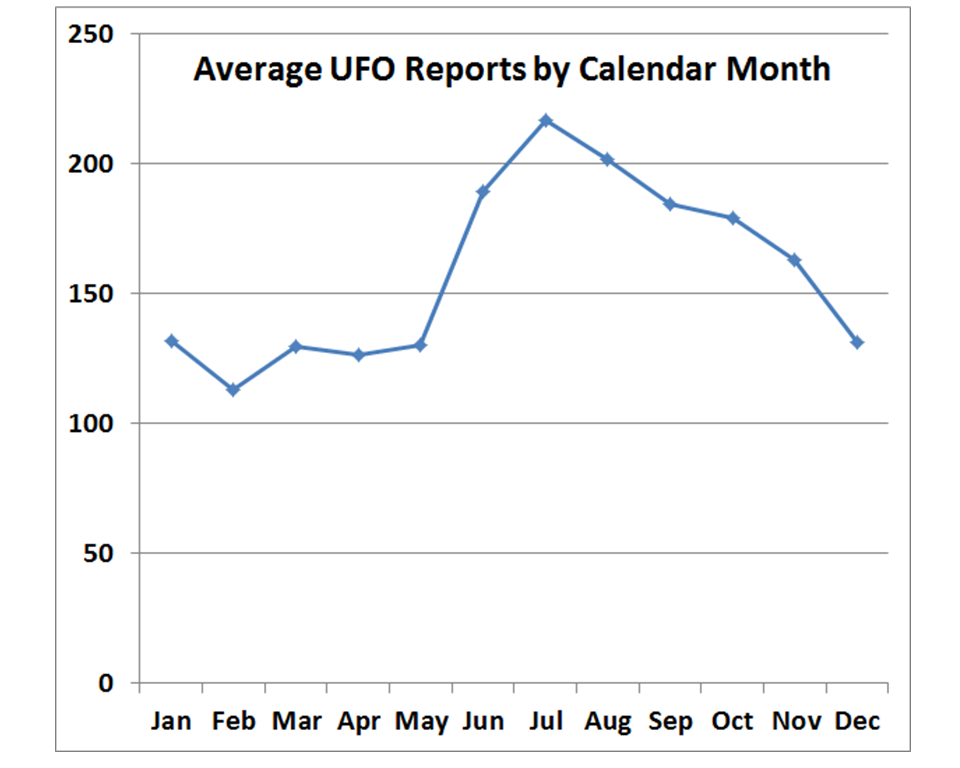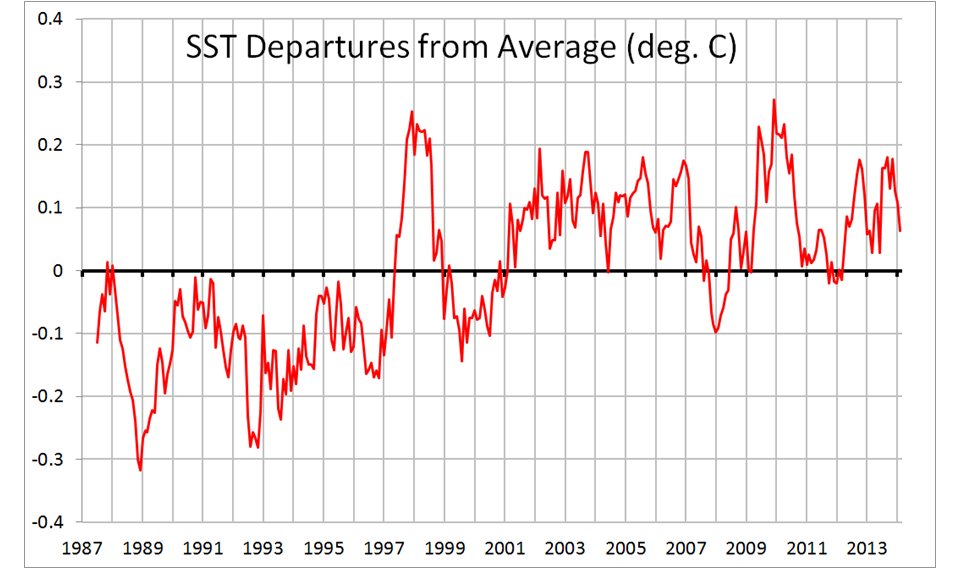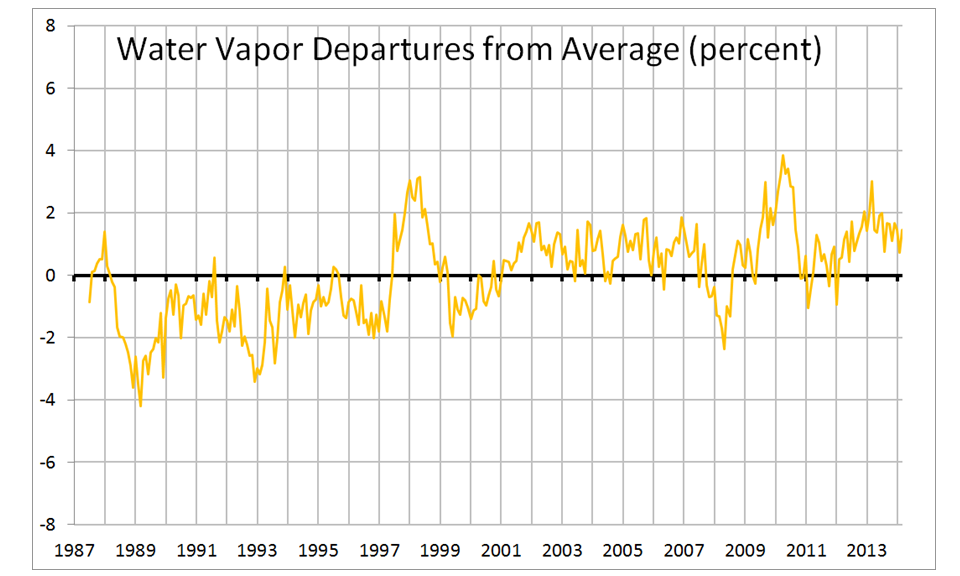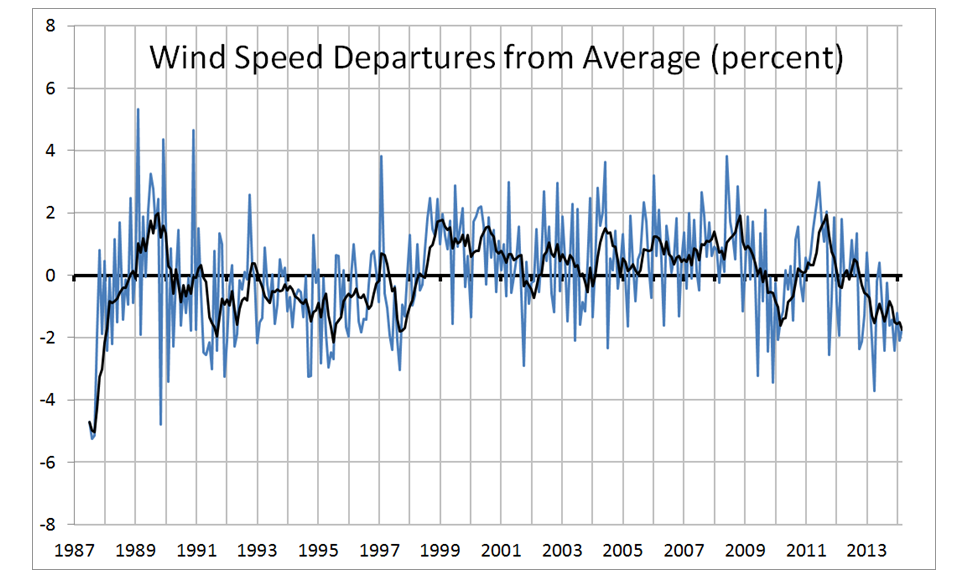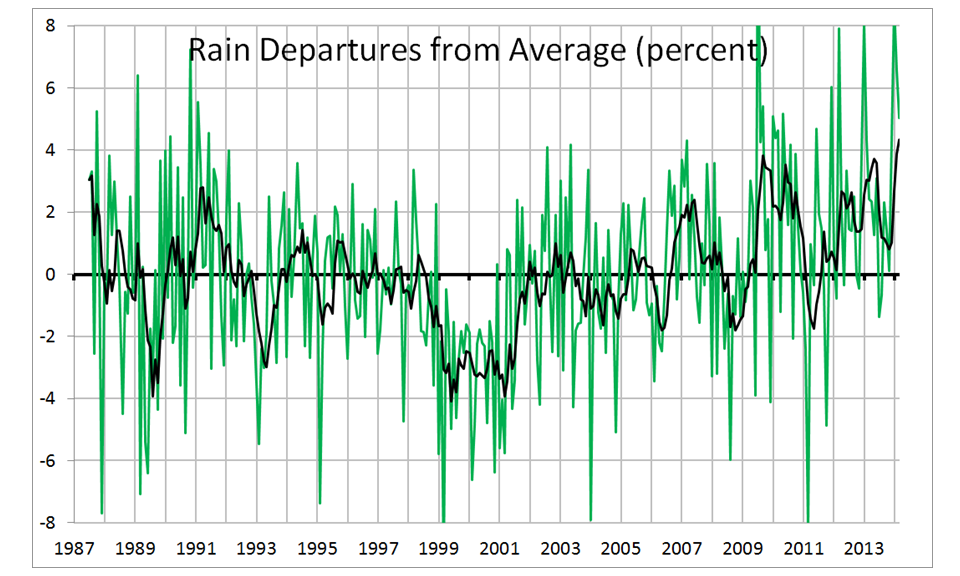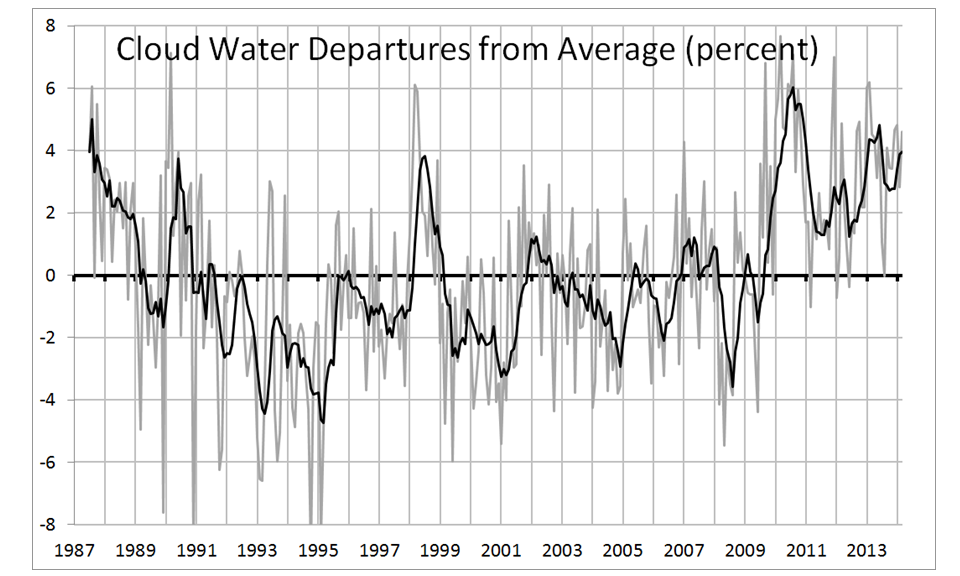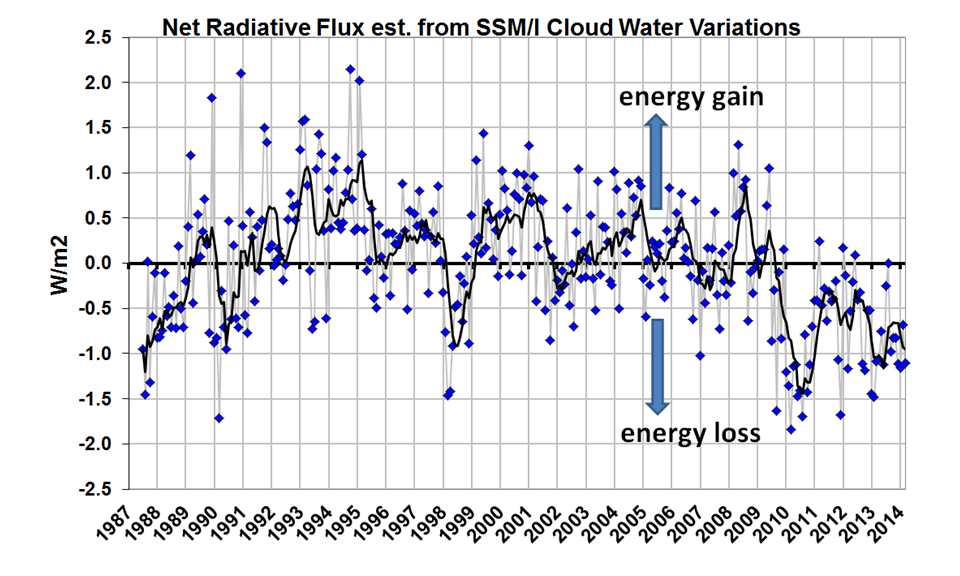There are some very good arguments for being skeptical of global warming predictions. But the proliferation of bad arguments is becoming almost dizzying.
I understand and appreciate that many of the things we think we know in science end up being wrong. I get that. But some of the alternative explanations I’m seeing border on the ludicrous.
So, here’s my Top 10 list of stupid skeptic arguments. I’m sure there are more, and maybe I missed a couple important ones. Oh well.
My obvious goal here is not to change minds that are already made up, which is impossible (by definition), but to reach 1,000+ (mostly nasty) comments in response to this post. So, help me out here!
1. THERE IS NO GREENHOUSE EFFECT. Despite the fact that downwelling IR from the sky can be measured, and amounts to a level (~300 W/m2) that can be scarcely be ignored; the neglect of which would totally screw up weather forecast model runs if it was not included; and would lead to VERY cold nights if it didn’t exist; and can be easily measured directly with a handheld IR thermometer pointed at the sky (because an IR thermometer measures the IR-induced temperature change of the surface of a thermopile, QED)… Please stop the “no greenhouse effect” stuff. It’s making us skeptics look bad. I’ve blogged on this numerous times…maybe start here.
2. THE GREENHOUSE EFFECT VIOLATES THE 2ND LAW OF THERMODYNAMICS. The second law can be stated in several ways, but one way is that the net flow of energy must be from higher temperature to lower temperature. This is not violated by the greenhouse effect. The apparent violation of the 2nd Law seems to be traced to the fact that all bodies emit IR radiation…including cooler bodies toward warmer bodies. But the NET flow of thermal radiation is still from the warmer body to the cooler body. Even if you don’t believe there is 2-way flow, and only 1-way flow…the rate of flow depends upon the temperature of both bodies, and changing the cooler body’s temperature will change the cooling rate (and thus the temperature) of the warmer body. So, yes, a cooler body can make a warm body even warmer still…as evidenced by putting your clothes on.
3. CO2 CANT CAUSE WARMING BECAUSE CO2 EMITS IR AS FAST AS IT ABSORBS. No. When a CO2 molecule absorbs an IR photon, the mean free path within the atmosphere is so short that the molecule gives up its energy to surrounding molecules before it can (on average) emit an IR photon in its temporarily excited state. See more here. Also important is the fact that the rate at which a CO2 molecule absorbs IR is mostly independent of temperature, but the rate at which it emits IR increases strongly with temperature. There is no requirement that a layer of air emits as much IR as it absorbs…in fact, in general, the the rates of IR emission and absorption are pretty far from equal.
4. CO2 COOLS, NOT WARMS, THE ATMOSPHERE. This one is a little more subtle because the net effect of greenhouse gases is to cool the upper atmosphere, and warm the lower atmosphere, compared to if no greenhouse gases were present. Since any IR absorber is also an IR emitter, a CO2 molecule can both cool and warm, because it both absorbs and emits IR photons.
5. ADDING CO2 TO THE ATMOSPHERE HAS NO EFFECT BECAUSE THE CO2 ABSORPTION BANDS ARE ALREADY 100% OPAQUE. First, no they are not, and that’s because of pressure broadening. Second, even if the atmosphere was 100% opaque, it doesn’t matter. Here’s why.
6. LOWER ATMOSPHERIC WARMTH IS DUE TO THE LAPSE RATE/ADIABATIC COMPRESSION. No, the lapse rate describes how the temperature of a parcel of air changes from adiabatic compression/expansion of air as it sinks/rises. So, it can explain how the temperature changes during convective overturning, but not what the absolute temperature is. Explaining absolute air temperature is an energy budget question. You cannot write a physics-based equation to obtain the average temperature at any altitude without using the energy budget. If adiabatic compression explains temperature, why is the atmospheric temperature at 100 mb is nearly the same as the temperature at 1 mb, despite 100x as much atmospheric pressure? More about all this here.
7. WARMING CAUSES CO2 TO RISE, NOT THE OTHER WAY AROUND The rate of rise in atmospheric CO2 is currently 2 ppm/yr, a rate which is 100 times as fast as any time in the 300,000 year Vostok ice core record. And we know our consumption of fossil fuels is emitting CO2 200 times as fast! So, where is the 100x as fast rise in today’s temperature causing this CO2 rise? C’mon people, think. But not to worry…CO2 is the elixir of life…let’s embrace more of it!
8. THE IPCC MODELS ARE FOR A FLAT EARTH I have no explanation where this little tidbit of misinformation comes from. Climate models address a spherical, rotating, Earth with a day-night (diurnal) cycle in solar illumination and atmospheric Coriolis force (due to both Earth curvature and rotation). Yes, you can do a global average of energy flows and show them in a flat-earth cartoon, like the Kiehl-Trenberth energy budget diagram which is a useful learning tool, but I hope most thinking people can distinguish between a handful of global-average average numbers in a conceptual diagram, and a full-blown 3D global climate model.
9. THERE IS NO SUCH THING AS A GLOBAL AVERAGE TEMPERATURE Really?! Is there an average temperature of your bathtub full of water? Or of a room in your house? Now, we might argue over how to do the averaging (Spatial? Mass-weighted?), but you can compute an average, and you can monitor it over time, and see if it changes. The exercise is only futile if your sampling isn’t good enough to realistically monitor changes over time. Just because we don’t know the average surface temperature of the Earth to better than, say 1 deg. C, doesn’t mean we can’t monitor changes in the average over time. We have never known exactly how many people are in the U.S., but we have useful estimates of how the number has increased in the last 50-100 years. Why is “temperature” so important? Because the thermal IR emission in response to temperature is what stabilizes the climate system….the hotter things get, the more energy is lost to outer space.
10. THE EARTH ISN’T A BLACK BODY. Well, duh. No one said it was. In the broadband IR, though, it’s close to a blackbody, with an average emissivity of around 0.95. But whether a climate model uses 0.95 or 1.0 for surface emissivity isn’t going to change the conclusions we make about the sensitivity of the climate system to increasing carbon dioxide.
I’m sure I could come up with a longer list than this, but these were the main issues that came to mind.
So why am I trying to stir up a hornets nest (again)? Because when skeptics embrace “science” that is worse that the IPCC’s science, we hurt our credibility.
NOTE: Because of the large number of negative comments this post will generate, please excuse me if I don’t respond to every one. Or even very many of them. But if I see a new point being made I haven’t addressed before, I’ll be more likely to respond.

 Home/Blog
Home/Blog